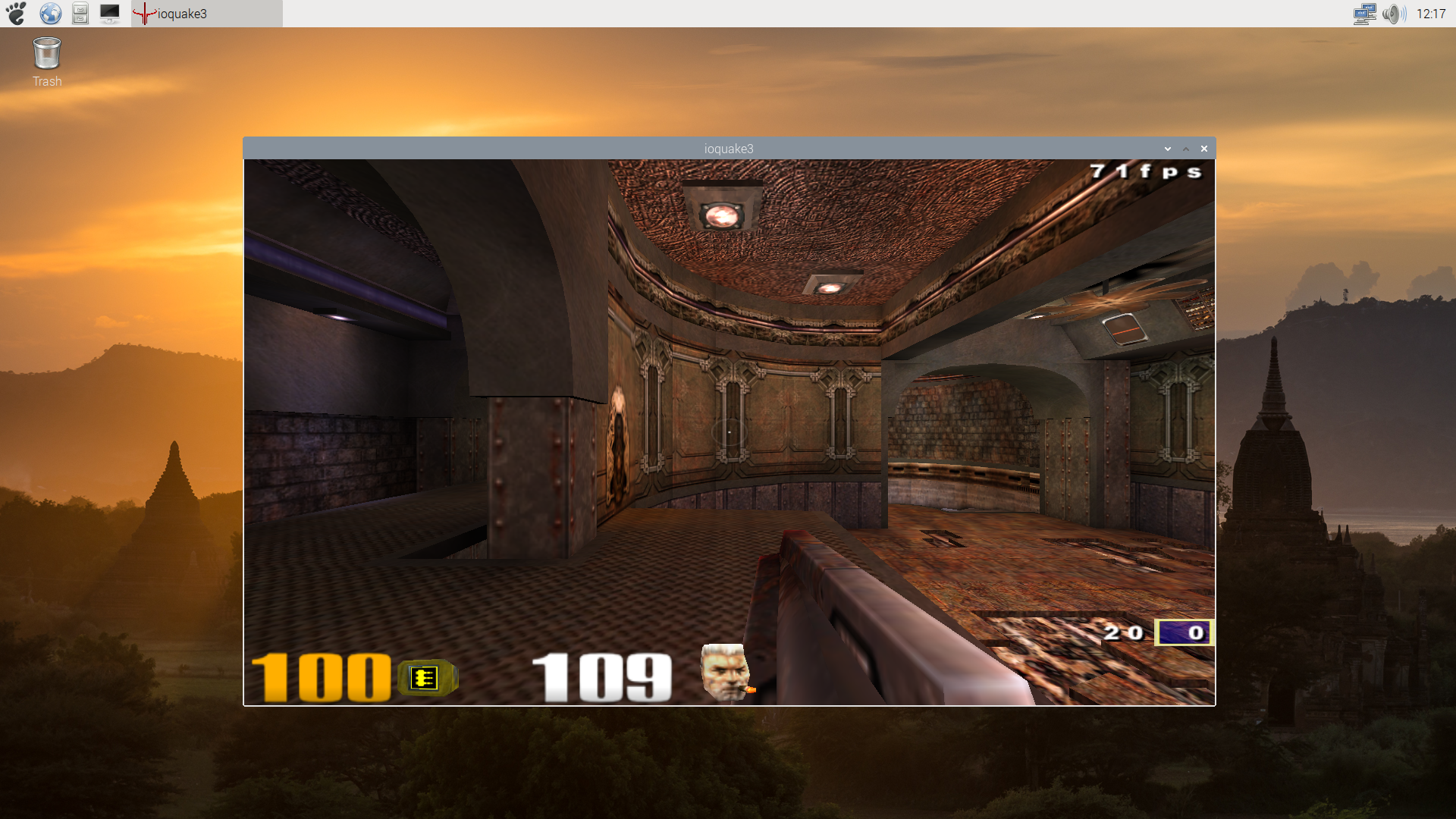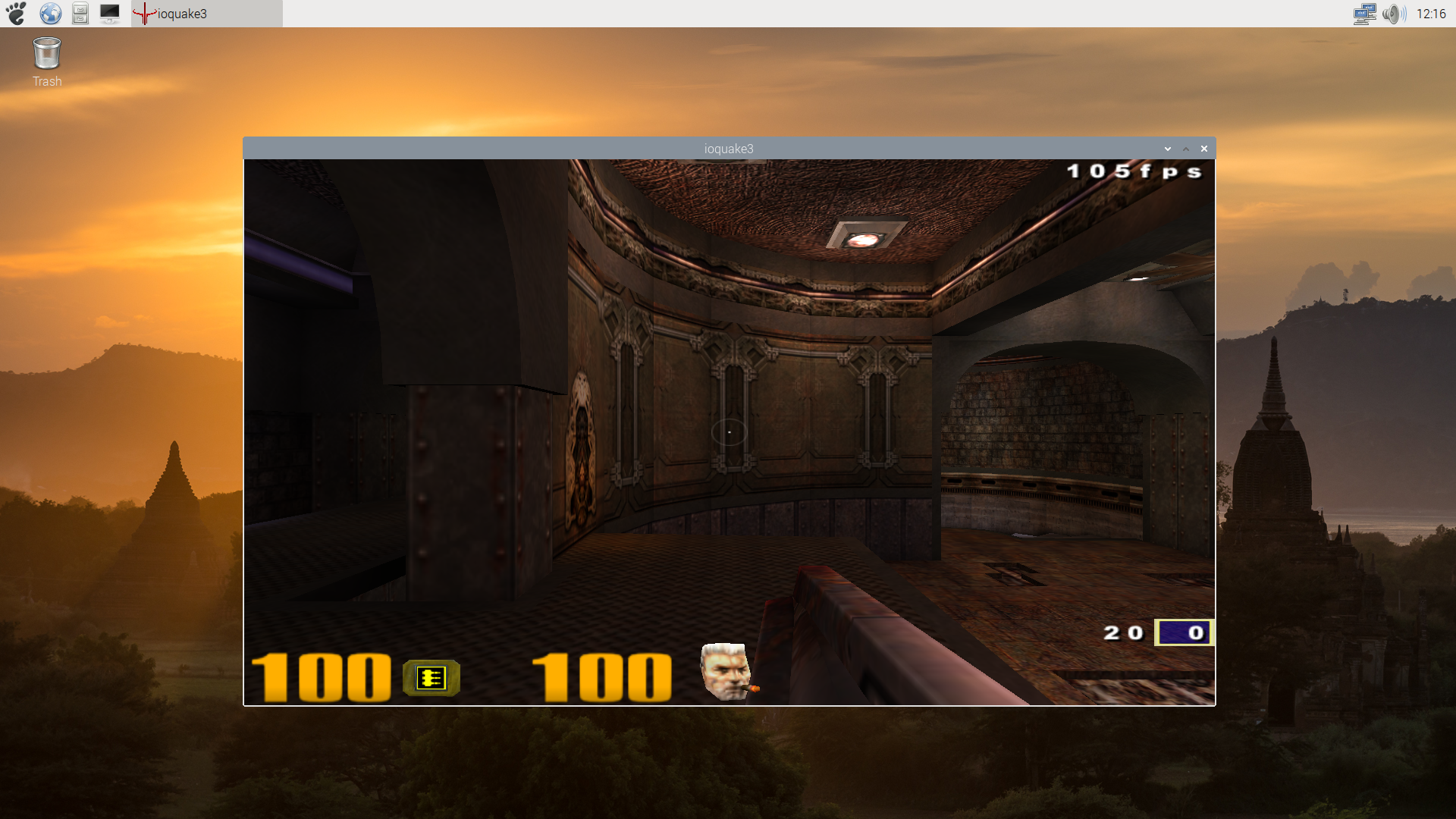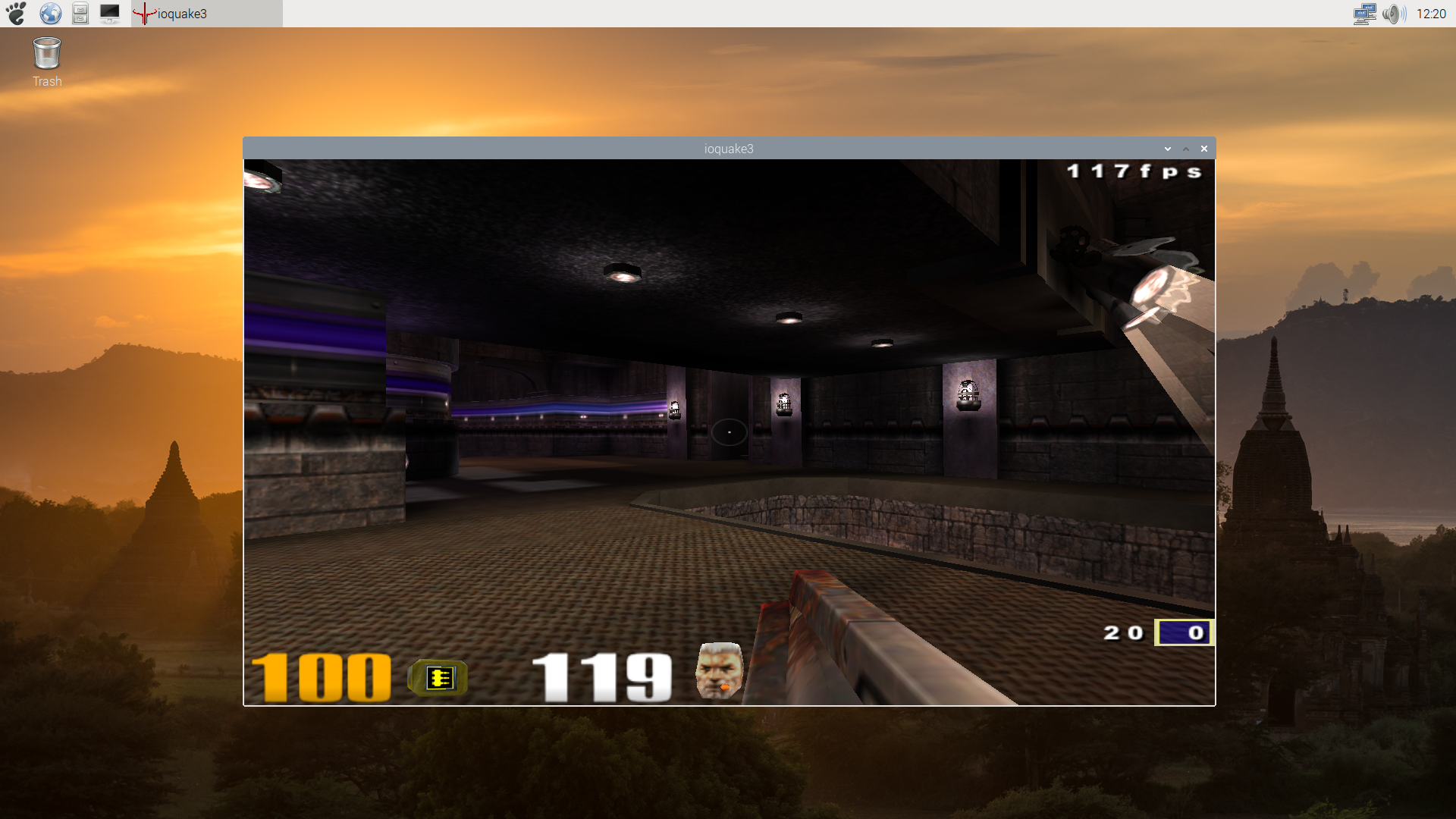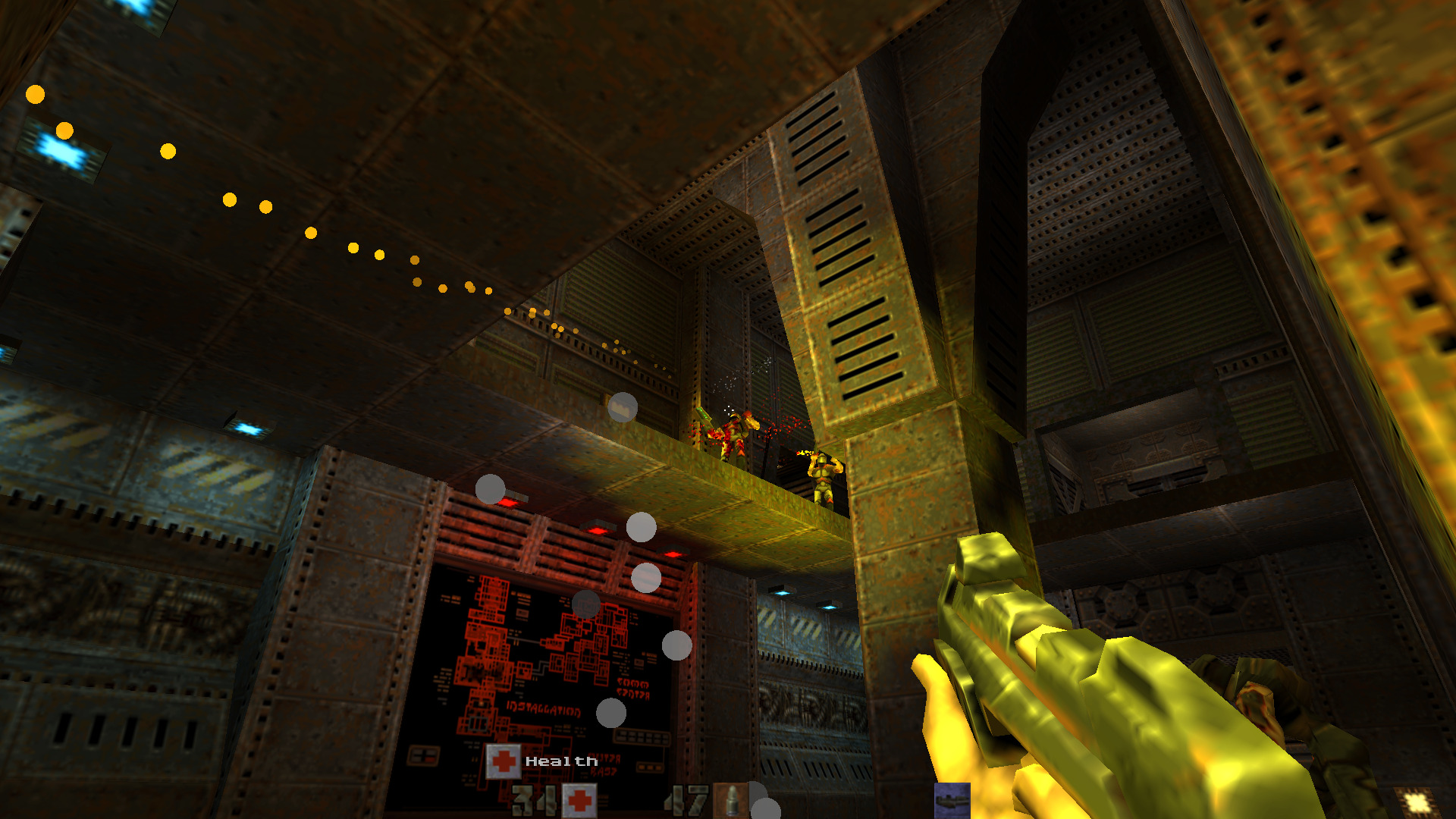A few weeks ago we shared an update regarding the status of the Vulkan driver for the Raspberry Pi 4. In that post I mentioned that the plan was to focus on completing the feature set for Vulkan 1.0 and then moving on to conformance and bugfixing work before attempting to run actual games and applications. A bit later my colleague Alejandro shared another update detailing some of our recent feature work.
We have been making good progress so far and at this point we are getting close to having a complete Vulkan 1.0 implementation. I believe the main pending features for that are pipeline caches, which Alejandro is currently working on, texel buffers, multisampling support and robust buffer access, so in the last few weeks I decided to take a break from feature development and try to get some Vulkan games running with our driver and use them to guide some inital performance work.
I decided to work with all 3 VkQuake games since they run on Linux, the source code is available (which makes things a lot easier to debug) and seemed to be using a subset of the Vulkan API we already supported. For vkQuake we needed compute shaders and input attachments that we implemented recently, and for vkQuake3 we needed a couple of optional Vulkan features which I implemented recently to get it running without having to modify the game code. So all these games are now running on the Raspberry Pi4 with the V3DV driver. At the same time, our friend Salva from Pi Labs has also been testing the PPSSPP emulator using Vulkan and reporting that some games seem to be working already, which has been great to hear.
I was particularly interested in getting vkQuake3 to work because the project includes both the Vulkan and the original OpenGL renderers, which was great to compare performance between both APIs. VkQuake3 comes with a GL1 and a GL2 renderer, with the GL1 render being the fastest of the two by a large margin (apparently the GL2 renderer has additional rendering features that make it much slower). I think the Vulkan renderer is based on the GL1 renderer (although I have not actually checked) so I figured it would make the most reasonable comparison, and in our tests we found the Vulkan version to be up to 60% faster. Of course, it could be argued that GL1 is a pretty old API and that the difference with a more modern GL or GLES renderer might be less significant, but it is still a good sign.
To finish the post, here are some pics of the games:
 |
 |
 |
 |
A couple of final notes:
* Note that the Vulkan renderer for vkQuake3 is much darker, but that is just how the renderer operates and not a driver issue, we observed the same behavior on Intel GPUs.
* A note for those interested in trying vkQuake3, we noticed that exterior levels have broken sky rendering, I hope we will get to fix that soon.

